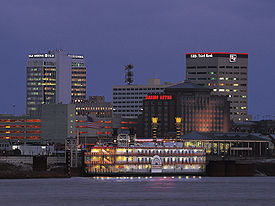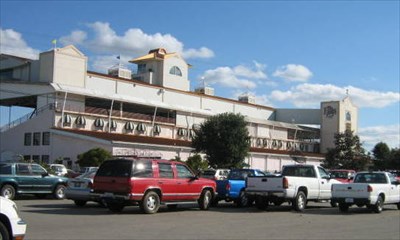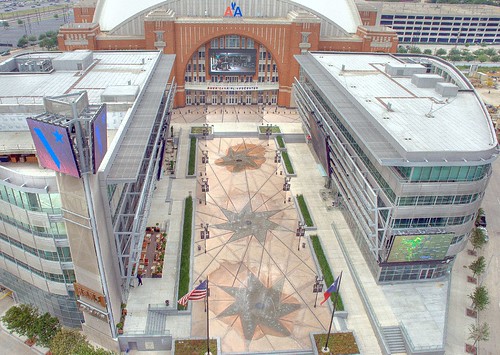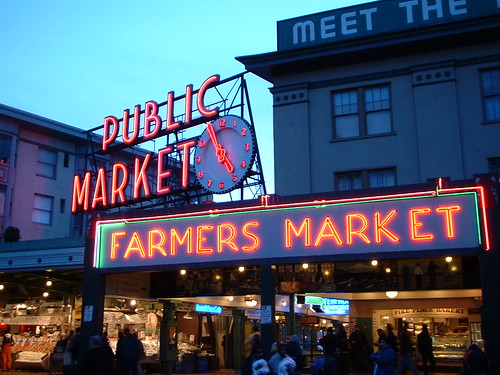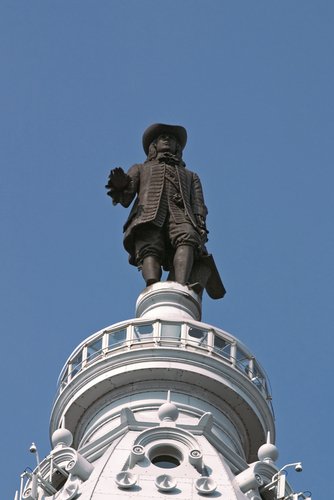Three of the main parks/nature preserves in Evansville are Burdette Park, Howell Wetlands, and Wesselman Woods. All three parks have different strengths and weaknesses so I will address each one individually.
Burdette Park

In my opinion, Burdette Park does a wonderful job of getting people intertwined with nature. While at the park, you can play miniature golf, swim, play soccer or basketball, and even spend the night. Overall, it's a great park to build off of for future improvements. What do I propose......
1. Expand the swimming pool: Burdette's pool has been around for quite some time and adding a lazy river, more slides, and possible a wave pool will help keep the interest of those who are maybe tired of seeing the same thing every year.
2. Link the two lakes: Linking the two lakess at the entrance will provide for a better entrance design and will allow for small paddle boats and canoes to have enough room on the lakes.
3. Set up a bread stand: Many people who go to Burdette Park are encountered by ducks as soon as they enter the park but have no bread to feed them because they forgot. Conversely, Burdette's ducks don't have any bread on days when there are few guests. Burdette should set up a bread stand where the profits off bread sales would be invested on projects within the park. Burdette should also set up small sprinkler like devices that shoot bread or other food out onto the lake to keep the ducks from starving on days of few guests.
Howell Wetlands
The Howell Wetlands have been a pleasant addition to the Evansville community. Exotic and unique ducks, fish, and birds can be spotted most of the time at the wetlands. I find the decks that walk out on to the lakes to be the best part of the wetlands. What should the Howell Wetlands do to improve....
1. Set up a nature center similar to the one at Wesselman Woods: An interactive center would go a long way in getting more people interested in the wetlands.
2. Expand the park to the other side of Tekoppel Rd: There is plenty of forest, creeks, and wildlife on the otherside of Tekoppel Rd that would fit in good with the current Howell Wetlands. Small trails could be set up in them that would connect to the current trails.
3. Link the lakes: Like Burdette, Howell Wetlands would be much nicer and navigable if all links and ponds were connected.
Wesselman Woods
Of the three, I would have to say that the Wesselman Woods Nature Preserve is the most unique. Evansville is very lucky to have a nature preserve of that size located amongst a stadium, a mall, and a busy set of roads. Wesselman Woods also has a good recycling program, an interpretive center, baseball fields, and golf course. What does Wesselman Woods need to do to expand on its success...
1. Build chalets: Those who are interested in bird watching, nature in general, and wildlife would probably like to spend the night surrounded by the Wesselman Woods habitat.
2. Expand the nature preserve: Eliminate the golf course and plant more trees in its place. While doing this, the nature preserve should sell plaques to each tree ( the Philadelphia Eagles have done this) with the proceeds being invested at the nature preserve.
3. Schedule more events: Wesselman Woods puts on many quality events. Expanding the schedule will keep more people interested and bring in more people at the same time.
While funding may be tight, I believe that if these three parks do these 9 small things they will be even better parks.
